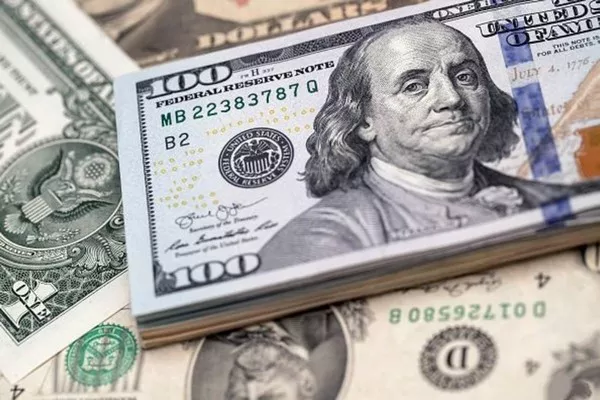The Federal Reserve (Fed) plays a crucial role in shaping the United States’ monetary policy and maintaining economic stability. One of the key tools at its disposal is the ability to raise or lower interest rates. In this article, we will explore the potential effects of a rate hike by the Fed on the value of the U.S. dollar, examining both short-term and long-term implications.
1. Understanding the Relationship between Interest Rates and Currency Value:
Before delving into the specific impact of a rate hike on the U.S. dollar, it’s essential to understand the relationship between interest rates and currency value. Generally, higher interest rates attract foreign investors seeking better returns on their investments. This increased demand for the domestic currency can strengthen its value relative to other currencies.
Conversely, when interest rates are lowered, the appeal for investments may decrease, leading to a potential decline in the value of the currency. However, the dynamics can be more complex due to various factors such as inflation, economic growth, geopolitical events, and market sentiment.
2. Short-Term Effects of a Fed Rate Hike:
In the short term, a rate hike by the Fed typically leads to an initial strengthening of the U.S. dollar against other major currencies. This outcome occurs because higher interest rates make investing in U.S. assets more attractive, increasing demand for dollars.
Additionally, a rate hike often signals confidence in the U.S. economy, attracting foreign investors who seek stable returns. This influx of capital further fuels the appreciation of the dollar.
However, there can be exceptions to this general trend. If markets were already expecting a rate hike, the impact on the dollar’s value may be less pronounced as much of the adjustment may have been priced in beforehand.
3. Long-Term Effects of a Fed Rate Hike:
Over the long term, the impact of a rate hike on the U.S. dollar becomes more nuanced. While higher interest rates may initially strengthen the currency, there are several potential factors that can mitigate or reverse this effect.
a) Inflation Expectations: A rate hike by the Fed is often accompanied by the aim of controlling inflationary pressures. However, if the market perceives that the central bank’s actions are insufficient to curb inflation effectively, it may result in decreased confidence in the dollar and weaken its value.
b) Economic Growth: The relationship between interest rates and economic growth is complex. While higher rates can help control inflation, they can also increase borrowing costs for businesses and consumers. If the rate hike slows down economic growth or dampens investor sentiment, it could lead to a depreciation of the U.S. dollar.
c) Global Economic Factors: The foreign exchange market is influenced by various global factors, including trade imbalances, geopolitical events, and monetary policy decisions of other major economies. These factors can outweigh the impact of a single rate hike by the Fed and influence the U.S. dollar’s value.
4. Market Expectations and Investor Sentiment:
Market expectations and investor sentiment play a significant role in determining the response of the U.S. dollar to a Fed rate hike. If investors view the rate hike as a positive signal for the economy, it may generate increased demand for the currency.
Conversely, if investors interpret the rate hike as an indication of economic weakness or uncertainty, it can trigger a sell-off of the U.S. dollar. Sentiment-driven fluctuations can sometimes overshadow the fundamental impact of interest rate changes, leading to volatility in the currency markets.
Conclusion:
The impact of a Federal Reserve rate hike on the U.S. dollar can be multifaceted and dependent on various factors. While a rate hike generally leads to a short-term appreciation of the dollar due to increased investor demand, its long-term effects can be influenced by inflation expectations, economic growth dynamics, and global economic factors.
Moreover, market expectations and investor sentiment play a crucial role in determining the dollar’s response to a rate hike. It is essential to monitor these factors and consider the broader economic context when assessing the implications of Fed rate decisions on currency movements.
As with any financial analysis, it is important for investors and policymakers to exercise caution and take into account the complex interplay of factors that shape currency valuations.


